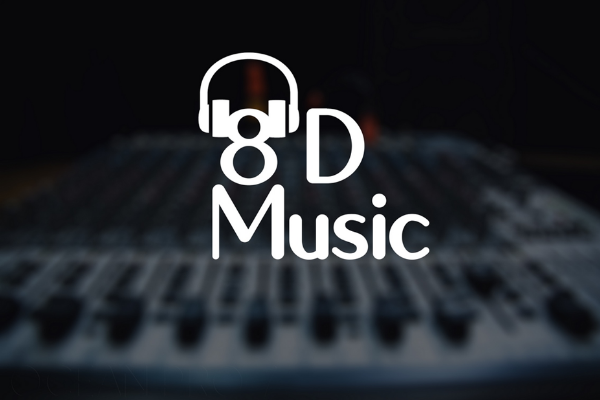Recently I was forwarded on a message on WhatsApp which read:
“Listen to this song with headphones (put on the 2 headphones). It is the new music of the Pentatonix, composed with 8D technology. Listen to it only with headphones. It will be the first time that you will listen to that song with your brain and not with your ears. You will feel the music from outside and not from the headphones. Feel the effects of this new technology.”
What the description ‘you will listen to that song with your brain and not with your ears’ means is that the song moves the sound around, giving the impression that it is coming from different places throughout. The sound moves from left to right but also behind and in front of you. I.e. it’s 3D listening with you at the centre (not sure where the additional Ds are coming from to get to 8D though…).
It’s definitely worth a listen as the sound is constantly on the move. Personally it feels like a bit of a gimmick, with music circling around you without much artistic rhyme or reason. And there are plenty more 8D videos swirling around YouTube which seem to just swing the sound from left to right, which is if anything just slightly distracting. You might find yourself taking one headphone out just to ‘test it’, a familiar human urge that surfaced when given a pair of 3D glasses in the cinema.
For those who want to dig further, and to experience a classic lockdown activity (almost) first-hand, have a listen to this Virtual Barber Shop, in my opinion a much more interesting and funny example of the tech.
I wouldn’t say this is ‘new technology’ (and after having discussed it with my fellow music graduates I’m reassured that their reaction was the same): it uses binaural audio techniques which fools your brain into thinking it’s hearing stereo sound in a 360 degree field. (For more reading, this is a useful article). This has been a key part of sound design in gaming and VR for a while now, for example, platforms for which this type of immersion seems more relevant.
New tech or not, though, ‘8D’ is trending right now and there are probably two elements feeding into this.
Firstly the Audio category is moving towards not only better sound quality but more realistic. More and more people are installing their own sound system rather than relying on their TV in order to build a surround sound that gets as close to Dolby Atmos as possible. Taking cinema sound experience to your living room is the first step, to your headphones is the natural second step.
This also taps into the growing desire for immersion and escapism in entertainment categories, a need which is in sharper focus during these unusual lockdown times. Perhaps with this sudden boost in at-home live gigs and performances such as the National Theatre, this could be the killer format for 8D to expand.
It will be interesting to see what happens to so called ‘8D’ next. While it’s not revolutionary the appeal it’s gathered speaks to a wider trend of wanting more immersive experiences, which in turn could have the potential to make waves for both those producing the content and also for the Audio brands that bring that content to your ears.



1 Comment